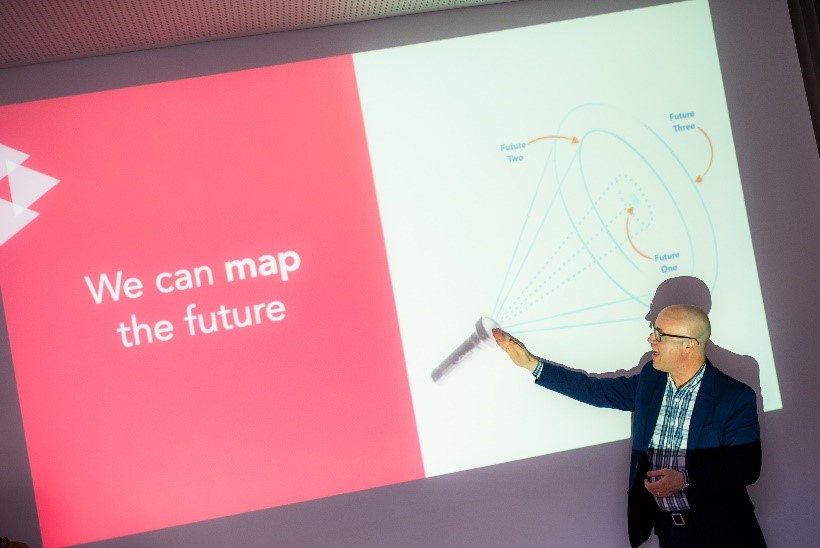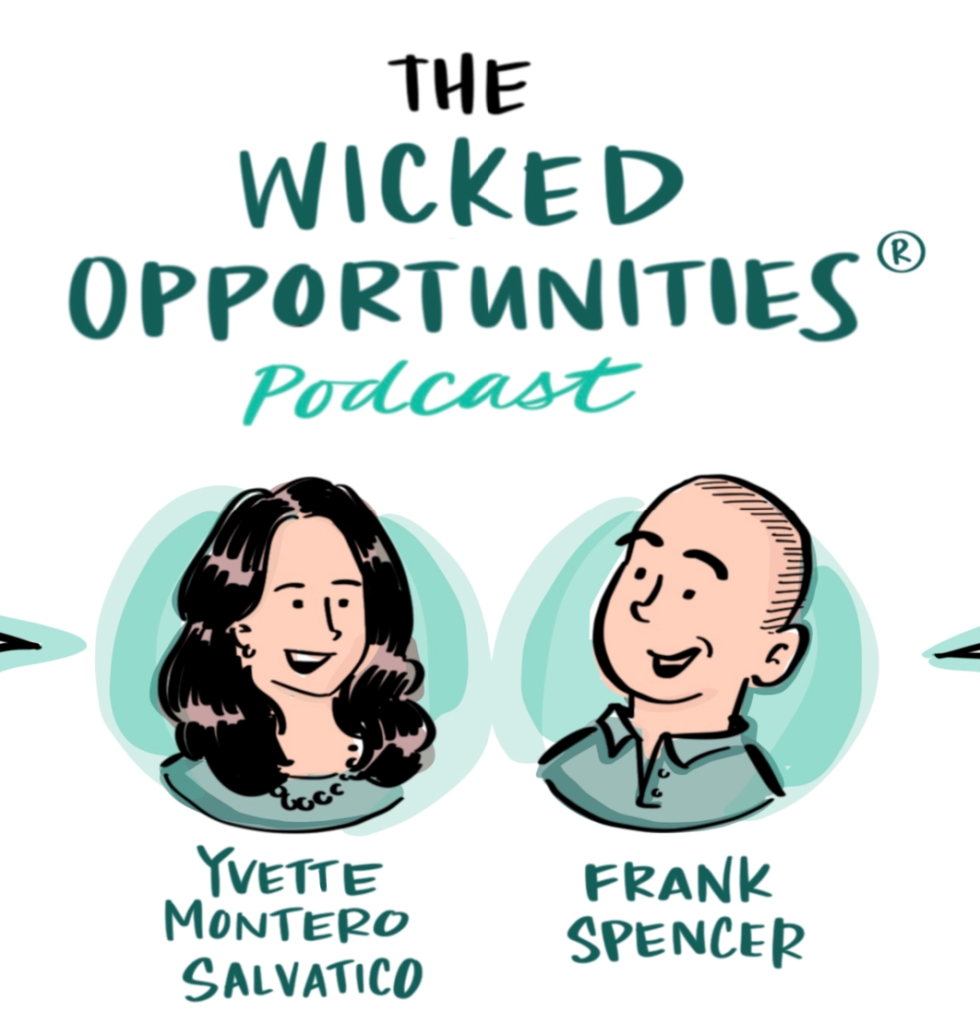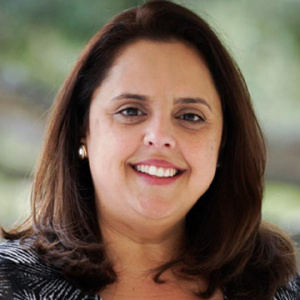We don’t talk about futures…no, no, no

Foresight Lessons from Disney’s Encanto
Surely by now you’ve watched or at least heard of the new Disney animated film, “Encanto.” Having been quarantined over Christmas with my 14-year old, I had the pleasure of experiencing the tale of the Madrigals, an enchanted family from Colombia, more times than I care to admit. Due to my repeated viewings as I sheltered in-place on the precipice of COVID’s two-year anniversary, I couldn’t help but draw parallels between one of the movie’s central themes and my own profession as a futurist.
If you are among the handful of people who have not yet seen Encanto, let me bring you up to speed for the purposes of this article (I’ll avoid any major spoilers!)
Forced by an armed conflict to flee her home, a young Alma Madrigal loses her husband Pedro but saves her triplet infant children: Julieta, Pepa, and Bruno. By a “miracle”, her candle attains magical qualities, blasts away their pursuers, and creates a sentient house, the “Casita”, for the Madrigals to live in, along with a magical hidden town sheltered by tall surrounding mountains: an “encanto”. Fifty years later, the candle continues to burn and the town thrives under its protection. The candle’s magic gifts superhuman abilities to each Madrigal child, which they use to help the villagers. However, Bruno is vilified for his gift of precognition and he disappears 10 years before the main events of the film. Meanwhile, Mirabel, Julieta’s youngest daughter, is treated differently for mysteriously not having received a gift. Source
So, let’s talk about Bruno.
Exiled from the family, but secretly living among the rats inside the rafters of the Casita, Bruno’s dilemma is the impetus for the breakout musical hit of the film. “We Don’t Talk About Bruno” paints the picture of a misunderstood futurist. After several of his less-than-inspiring visions of the future have come to pass, Bruno is forced into hiding as members of his community AND his family come to fear his premonitions.
To clarify, most professionals in my field agree that futurists don’t predict (spoiler alert: no one can predict the future). Instead, foresight professionals and those practicing futures thinking map multiple alternative pathways (sometimes using scenarios) to the future. By comparison, using traditional forecasts and other historically-driven and quant-based planning methods focus on creating a singular, linear, and official future. These attempts to predict the future leave us more brittle as we “go all in” on one ill-informed future vision.
Some might argue that Bruno, with his visions and premonitions, is not a futurist at all. Instead, he shares more in common with those that insist on extrapolating data from the past to eliminate uncertainty in the future. Regardless of whether Bruno would be accepted into an organization like the Association of Professional Futurists or not, I think it is useful to examine how his gift affected those around him and how the implications he faced paralleled those that many foresight practitioners encounter daily.

In the film, there are several instances of how Bruno’s visions negatively impacted their recipients, from the death of a goldfish to a prognosis of balding, I was initially struck by the “don’t blame the messenger” element in many of these examples. I mean, everyone knows that goldfish don’t have long lifespans and about 70% of men will experience hair loss, so those predictions weren’t really all that impressive.
“Your fate is sealed when your prophecy is read!”
More interesting to me were situations in which Bruno’s forecasts “led the witness” in a self-fulfilling prophecy of sorts. The best example of this is when he shares the weather forecast for his sister’s (Pepa’s) wedding. Of course, Pepa’s gift is controlling the weather with her emotions so hearing from her brother that a tempest was forecasted for her wedding day fostered certain feelings and emotions in her, resulting in – you guessed it – a hurricane on her big day.
Ultimately, Bruno emerges from his self-imposed exile to help save his family’s future while working alongside the film’s protagonist Mirabel. Through the film’s final climactic scenes, we learn that Bruno’s visions aren’t written in stone. Instead, Mirabel’s actions help repair years of family fissures that have been hiding just under the surface.
For me, Bruno is an excellent representation of how we traditionally engage with the future in our organizations, institutions, and lives. We often attempt to cope with mounting uncertainty by creating singular, static forecasts of the future. Further, if these plans include messaging that is counter to the status quo (what, I may go bald or my fish may die??) then we either ignore them or even rebel against them. The result is that any individual seeking to illuminate the path forward is often ignored or, worse yet, attacked for their efforts.
We need to talk about futures…yes, yes, and yes!
We need to change the narrative about the future to include multiple possible, preferred, and provocative visions of the future that are informed by many individuals and not just a select few. We must unlock the inner futurist that lies within each of us so that we can generate agency in everyone to create better futures. We need to recognize that it is our actions that create the future and that no forecast should blind us from potential opportunities for transformation.

This week on the Wicked Opportunities® Podcast, I convince Frank to discuss all-things Encanto, including Bruno as the reluctant futurist. Join us to learn how thinking in “simultaneous multiples” is better than any of the gifts bestowed upon the Family Madrigal. Want to take part in the conversation? Your invited to our free monthly YouTube livestream, made possible through the Year of Free.

Yvette Montero Salvatico
Co-Founder
Managing Director
Holding a bachelor’s degree in Finance and an MBA from the University of Florida, Yvette has over 15 years of corporate experience with large, multi-national firms such as Kimberly-Clark and The Walt Disney Company. Before co-founding TFSX, she led the effort to establish the Future Workforce Insights division at the Walt Disney Company, identifying future workforce trends and leveraging foresight models and techniques to assess potential threats and impacts, emerging ideas, and exciting opportunities for the organization.
Read More
